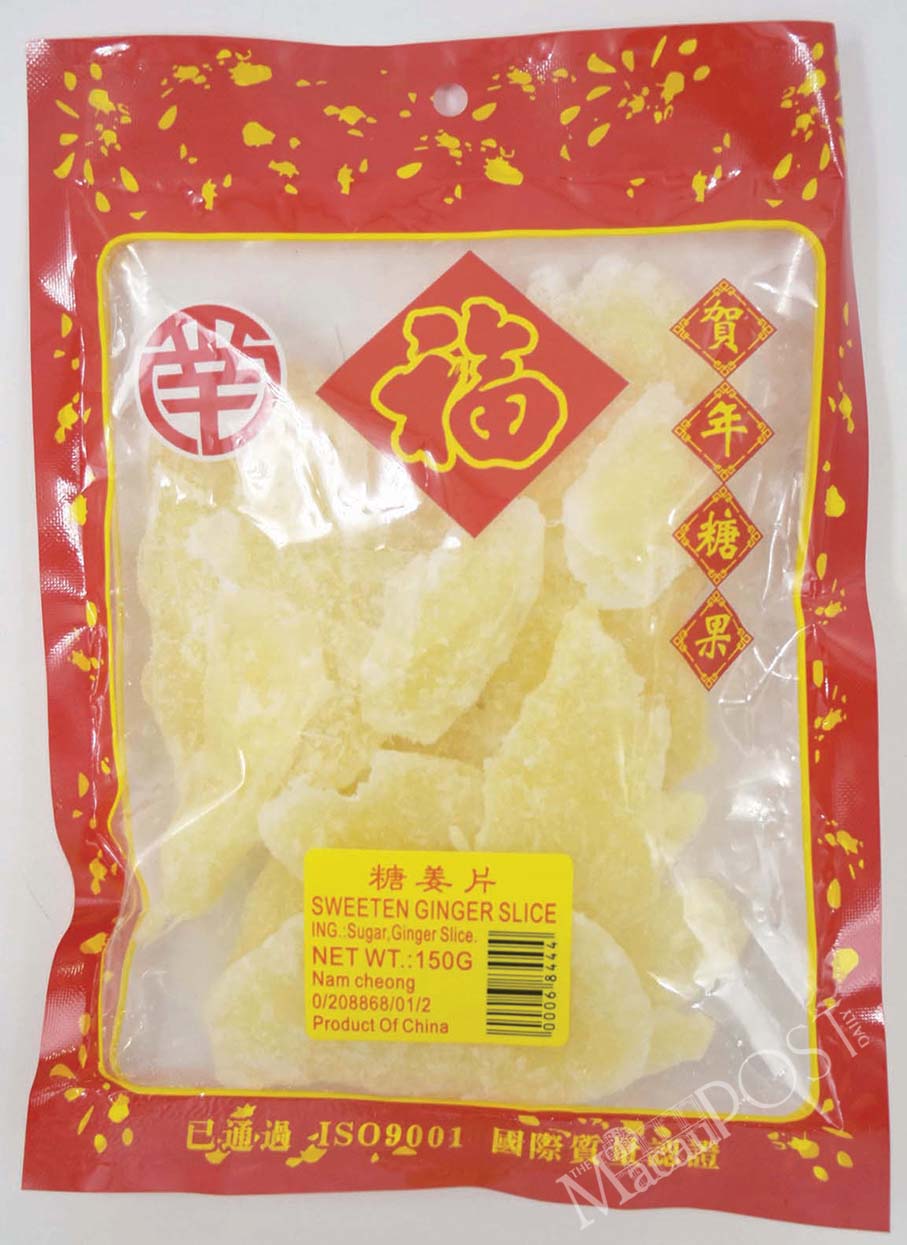The Municipal Affairs Bureau (IAM) and the Consumer Council (CC) said in a joint statement yesterday that they found an excessive amount of sulphur dioxide in seven pre-packed Chinese sweets.
According to the statement, the bureau has immediately ordered shops to recall and stop selling the problematic sweets. The statement said that there were still other Chinese New Year goods undergoing testing. The statement pointed out that the sweets are:
1. “Nam Cheong” Sweetened Carrot from Farmácia Chinesa Tac Son
2. “Nam Cheong” Sweetened Ginger Slices from Farmácia de Chinês e Ginseng Chong Kei
3. “Nam Cheong” Sweetened Coconut from Farmácia de Chinês e Ginseng Chong Kei
4. Bulked Sweetened Winter Melon from Farmácia Chinesa He Xin Fa
5. Bulked Sweetened Winter Melon from Farmácia Chinesa Iao Kei
6. Bulked Sweetened Carrot from Nam Cheong
7. Bulked Sweetened Coconut from Nam Cheong
The statement noted that sulphur dioxide is used as a bleach and in preservation processes, so it is widely used for candied goods and dried nuts. The statement underlined that according to the test results, if people consume them normally, their health will not be affected. The statement said that the sulphur dioxide affects those who have asthma or allergies as it could induce hyperventilation, headaches and vomiting.
The bureau urged shops to find reliable suppliers and ensure the quality before purchasing. The statement noted that, according to the law, in cases where food products that do not satisfy Macau’s official standards, the retailers could be sentenced to five-year imprisonment and fined up to 600,000 patacas.
Meanwhile, the bureau urged consumers to purchase Chinese sweets only from hygienic and reliable shops, and to pay attention to the expiration date.

This undated handout photo provided by the Municipal Affairs Bureau (IAM) and the Consumer Council yesterday shows the prepacked sweetened ginger slice which exceeds the allowable sulphur dioxide content.






